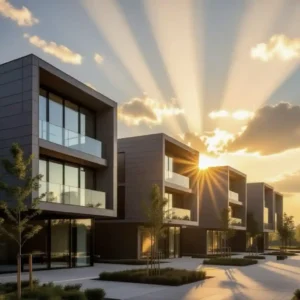In London, where space is scarce and property values are high, loft conversions remain one of the most effective ways to add both space and value to a home. However, planning rules around dormers, rooflights, and alterations to rooflines are complex and vary from borough to borough.
Permitted Development Rights
Many loft conversions can be carried out under permitted development (PD), which avoids the need for a full planning application. PD typically allows rear dormers, hip-to-gable extensions, and rooflights provided they remain within set limits. These include volume restrictions — usually up to 40m² for terraced houses and 50m² for semi-detached or detached homes. Materials must also be similar in appearance to the existing property.
When Planning Permission Is Needed
Full planning permission is usually required where:
- The property is located in a Conservation Area or subject to an Article 4 Direction.
- The proposed dormers extend excessively above the roof ridge or dominate the street scene.
- Side dormers face directly onto neighbouring homes, creating privacy concerns.
- Materials and design significantly alter the established character of the building.
Councils across London — from Islington to Enfield — take a firm line on scale, proportion, and design quality. Subservience to the main roof form remains a recurring requirement.
Design Considerations
A successful loft conversion balances the need for new habitable rooms with careful design choices. Architects typically focus on:
- Proportional dormers that do not overwhelm the roof.
- Well-positioned rooflights that maximise daylight while protecting neighbour privacy.
- Material continuity so that new work blends seamlessly with the existing property.
- Internal layouts that respect headroom, circulation, and escape requirements.
Value and Return on Investment
From an investment perspective, a well-executed loft conversion can increase property value by up to 20%, depending on location and finish. Adding an extra bedroom with an en-suite bathroom is often the most profitable configuration. Lenders and buyers increasingly look for properties that maximise living space without compromising quality or design integrity.
Professional Guidance
While many homeowners attempt to navigate the rules themselves, working with an architect ensures compliance with both planning policies and Building Regulations. From fire safety and structural design to stair positioning and daylight assessments, professional input reduces risk and avoids costly refusals.




